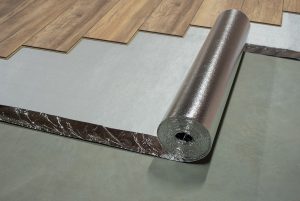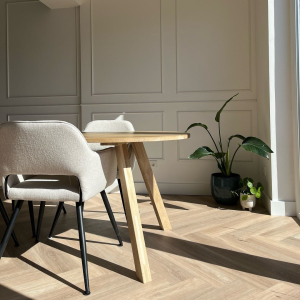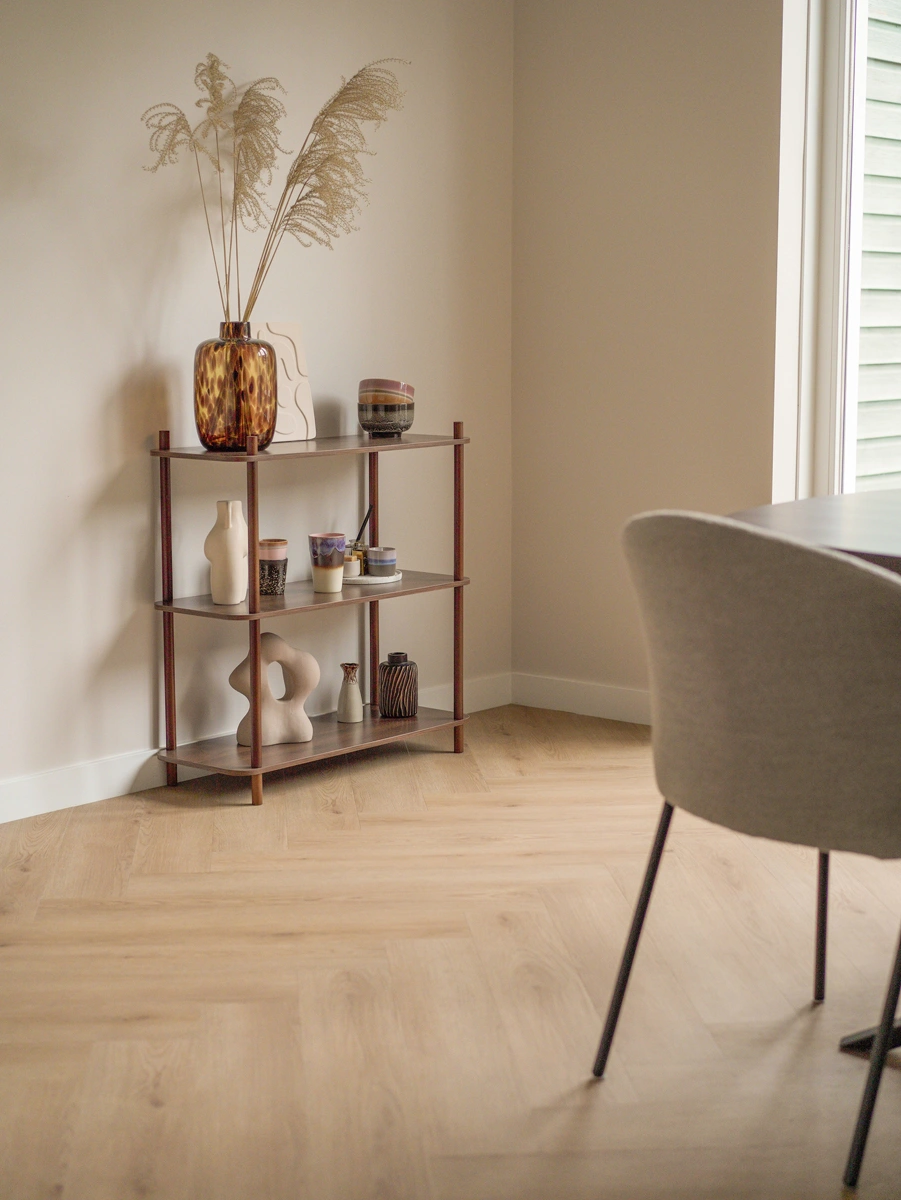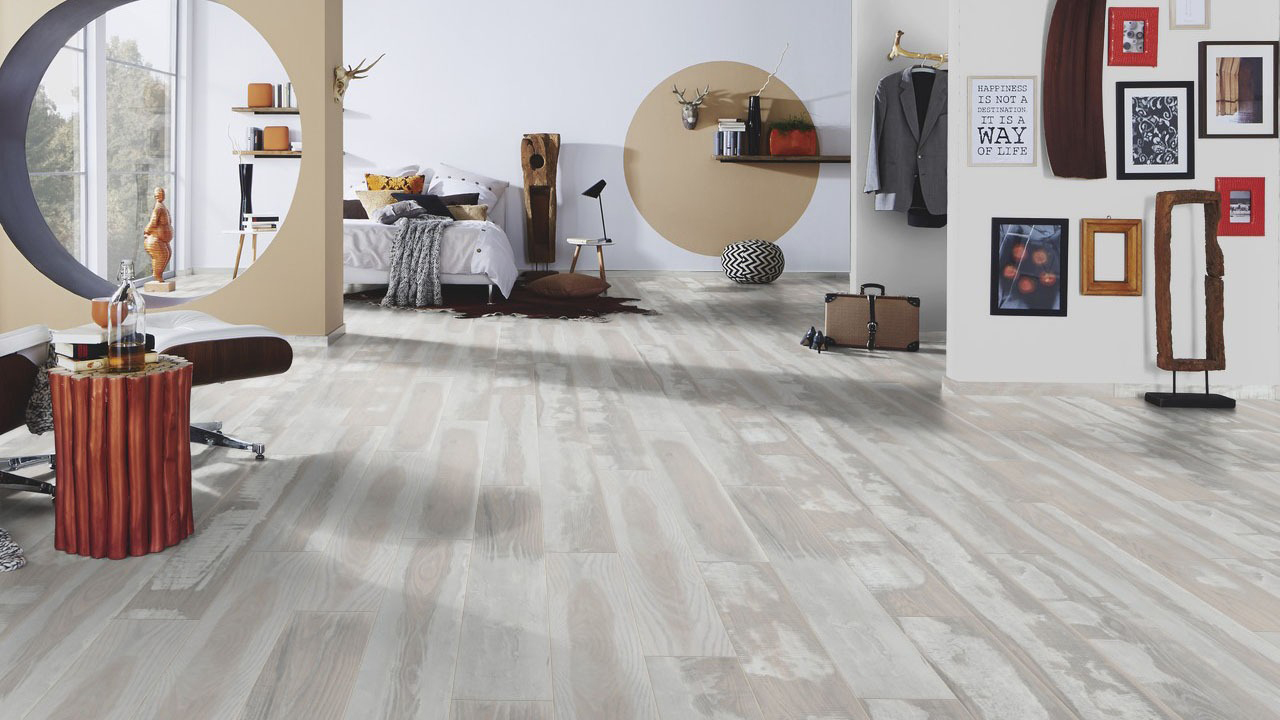Do you need a subfloor but are unsure which one to choose? In this blog, we will explain the importance of selecting the right underlay. We will also provide some tips to help you choose the best underlay for your needs.
Is the surface suitable?
Before laying the subfloor, the substrate must be checked. Since a floating floor will be installed, there should be no pressure on the floor joint. A floating floor refers to all floors that are not glued down, usually those with a click connection. The subfloor must not have a height difference of more than 2 mm per linear meter. Subfloors suitable for parquet, rigid click vinyl, and laminate floors can usually compensate for these unevennesses. If there are more irregularities, then the subfloor must be levelled. For more information, refer to our blog post “Levelling a Floor“. A level surface ensures that the floor will be stable and also protects the click connection.
The right underlay for underfloor heating

Nowadays, it is becoming increasingly common to install underfloor heating in conjunction with a subfloor. It is essential to minimise thermal resistance when doing so. When selecting a subfloor for use with vinyl, laminate, or parquet in combination with underfloor heating, it is important to choose one with the lowest possible m2K/W value. The floor and underlay’s thermal resistance is measured in m2K/W. Typically, underfloor heating contractors recommend a maximum thermal resistance of 0.15 m2K/W. Therefore, you must pay close attention to the thermal resistance of both the subfloor and floor to avoid excess energy consumption and high bills.
Did you know?
That an underlay also has a water-resistant function? This is because the underlay provides protection for the floor against moisture that can penetrate the floor. In some cases, an underlay is finished with a moisture barrier to enhance its water-resistant capabilities.
Compressive strength of a subfloor
When installing a floating floor, it is important to consider the compressive strength of the floor. Each floor has a specific compressive strength that must be supported by the subfloor. Compressive strength is measured in kPa values. It is crucial to take this into account because if the subfloor cannot support the compressive strength of the floor, the flooring joint may break under the weight of the floor. Therefore, it is essential to ensure that the subfloor has the necessary kPa value to support the floor.

A 10dB underlay
If you live in a flat, you will likely encounter the term “10 dB impact sound reduction.” This requirement mandates the use of a sound-absorbing underlay certified to reduce footfall and impact sounds by 10 dB when you have a flat floor.
Number of square meters of a subfloor
Certainly, the quantity of subfloor you order is not an unimportant matter. It is crucial to avoid ordering too little or too much. For this reason, it is important to measure the correct number of square meters of each room where the floor will be laid. Once you have measured and added up the areas of all the rooms, you can easily calculate the number of rolls needed.
Would you like an example? Let’s take Non-Contact Underlay as an example. It comes in rolls of 8 m2. If you’ve calculated a surface area of 54 m2, divide it by 8 m2: 54 / 8 = 6.75. With underlay, you don’t need to keep a percentage cut loss; just round up the number of rolls. In this case, we round 6.75 up to 7, so you need 7 rolls of underlay. When placing an order, always pay attention to the number of square meters per underlay.
Do you want to know how to calculate the number of square meters of flooring you need? We’re happy to explain it to you so that you can always order the right amount of flooring accessories.






